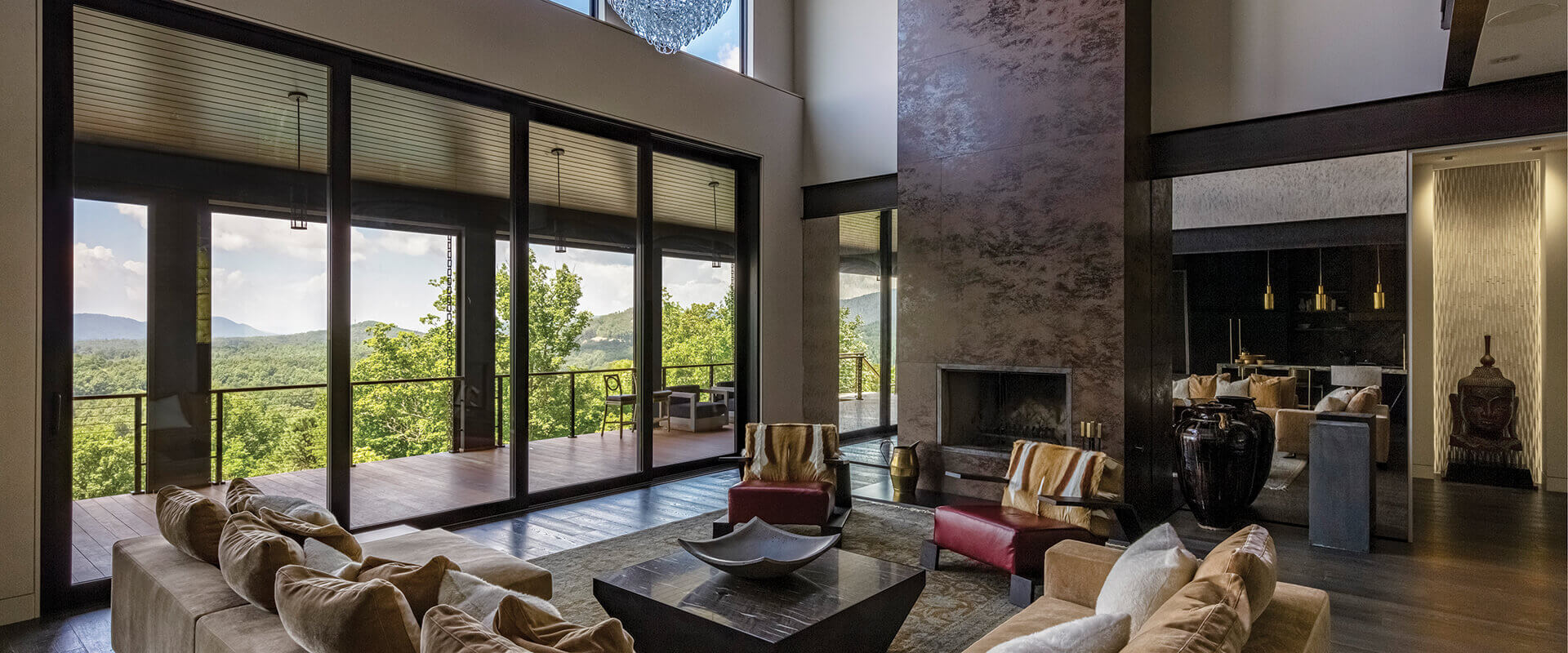
Within the realm of architecture and design, where experts craft aesthetically pleasing environments, two crucial elements demand attention: the acoustic qualities of a space and its level of privacy.
Architects and interior designers frequently grapple with these challenges to enhance residential and corporate settings. This is precisely where acoustical access doors emerge as a vital tool. While they may outwardly resemble ordinary doors, they can transform a room into a haven of serenity and tranquility.
What Are Acoustical Access Doors?
Acoustical access doors are specialized architectural components designed to enhance the acoustic performance of a room or space. They are often referred to as soundproof access panels or noise-reducing entryways. The primary purpose of acoustical access doors is to absorb and block external noise, creating quiet and peaceful living environments.
These doors are typically constructed with sound-absorbing materials and engineered with tight seals and insulation to minimize noise transmission. They serve as a barrier that shields the interior from unwanted sound from the outside, making them invaluable in environments where serenity and uninterrupted relaxation are desired.
Highlighting the Versatility of Acoustical Access Doors in Design
Acoustical access doors like the BA-ACF-2064 flush steel acoustical access door are more than just practical; they’re flexible design elements. They can adapt to various architectural and interior styles, whether modern, traditional, industrial, or minimalist. No matter your design, these doors can blend in and elevate the overall look.
These doors provide a range of options concerning materials, finishes, and colors, allowing for seamless integration with the current decor or the introduction of a distinctive visual touch. Their versatility effectively combines utility and aesthetics, rendering them a valuable enhancement to any space.
How To Transform Living Room into a Quiet Oasis with Acoustical Access Doors
This guide will demonstrate how to turn a living room into a peaceful sanctuary, emphasizing the importance of ambiance alongside aesthetics.
Step 1. Evaluating the Living Room
First, identifying what’s causing the unwanted noise is essential to create a more peaceful living space. This could be street traffic, the hum of appliances, or even noise from adjacent rooms or neighbors. By isolating these sources, you can better plan your soundproofing efforts.
Establishing specific objectives for noise reduction is crucial. How much quieter do you want the living room to be? Defining the goals will guide your actions and help you make informed decisions as you progress with your soundproofing project. You might want to aim for a serene, library-like atmosphere or simply a comfortable and peaceful living space.
Step 2. Choosing Acoustical Access Doors
Selecting the right acoustical access doors for sealing utilities is a critical decision, as these doors serve a dual purpose: maintaining soundproofing and ensuring convenient access to utility components. Here are some factors to consider when choosing acoustical access doors for utility spaces:
- Soundproofing Capabilities: Given their primary role in soundproofing, it’s crucial to assess the soundproofing capabilities of the doors. Look for doors that block and absorb sound effectively. Consider the Sound Transmission Class (STC) rating, which measures a door’s ability to reduce sound transmission. A higher STC rating indicates better soundproofing performance.
- Utility Compatibility: Since these doors are for utility spaces, ensure they are compatible with the specific utilities you need to seal. The doors should provide easy access to utility components like HVAC systems, electrical panels, plumbing, or other equipment while maintaining a tight seal when closed.
- Material Selection: The choice of materials is pivotal. Acoustical access doors typically come in various materials. Select a material that aligns with the utility space’s needs and complements the area’s overall design.
- Sealing Mechanism: Airtight seals are essential for preventing sound leakage and maintaining soundproofing integrity. Look for doors with effective gaskets and sealing mechanisms around the edges to ensure a tight seal when closed.
- Size and Dimensions: Ensure that the doors are available in sizes and dimensions that fit the specific utility components. Customization may be required to achieve a precise fit.
- Accessibility: Consider how easy it is to open and close the doors. Some doors have user-friendly features like handles, hinges, and locking mechanisms that make access to utilities more convenient.
- Durability and Maintenance: Due to their practical purpose in utility areas, these doors must exhibit durability and resilience to withstand the harsh demands of the environment. It is essential to consider factors such as resistance to corrosion, wear and tear, and ease of maintenance when selecting these doors.
- Security: If the utility space contains sensitive equipment or information, security features should be a priority. Look for doors with locking options to ensure that there will be no unauthorized access.
- Aesthetics: While functionality is paramount, the visual aspect is also worth considering. Acoustical access doors can match the interior design style of the space, ensuring that they do not disrupt the overall aesthetics.
- Budget: Cost considerations are essential in any project. Determine your budget and find doors that balance price and performance. Investing in high-quality acoustical access doors can yield long-term benefits regarding soundproofing and utility access.
Step 3. Soundproofing the Walls
Explore the various insulation options available for soundproofing walls. This may include acoustic foam, mass-loaded vinyl, or mineral wool insulation. Each option offers different levels of soundproofing performance.
Investigate drywall techniques that can enhance soundproofing. Methods such as double-layering the drywall, using resilient channels, or adding additional layers of mass-loaded vinyl can significantly reduce noise transmission through the walls.
Pay close attention to sealing any gaps, cracks, or holes in the walls. These openings can serve as pathways for sound to escape or enter the living room, so proper sealing is crucial to achieving effective soundproofing.
Step 4. Soundproofing the Floor and Ceiling
Research different flooring materials and underlayment options that reduce sound transmission through the floor. Options may include soundproof underlayment, cork flooring, or carpet with thick padding.
Consider acoustic ceiling solutions like drop ceilings, acoustic tiles, or acoustic panels to minimize noise infiltration through the ceiling. These solutions can effectively dampen sound and create a more serene environment.
Implement strategies to ensure sound doesn’t escape through the floors or enter through the ceiling. This comprehensive approach will help maintain a peaceful living space without unwanted noise disturbances.
Conclusion
Including acoustical access doors in the design and transformation of living spaces is a testament to the evolving field of architecture and interior design. By marrying functionality and aesthetics, these doors can turn any room into a tranquil haven shielded from external disturbances. Combined with thoughtful planning and soundproofing techniques, they create a peaceful, quiet oasis where residents can truly relax and unwind.
Rachel Simmons
Related posts
Stay connected
- How LoveOn Chat Is Becoming the Most Versatile AI Companion for Digital UsersThe internet keeps shifting toward hyper-personal interaction, and AI companions are at the center of this shift. What used to be simple chatbots are now evolving into emotionally aware, adaptive, and multi-functional digital partners. Among the new generation of platforms, LoveOn Chat is becoming one... The post How LoveOn Chat Is Becoming the Most Versatile […]

